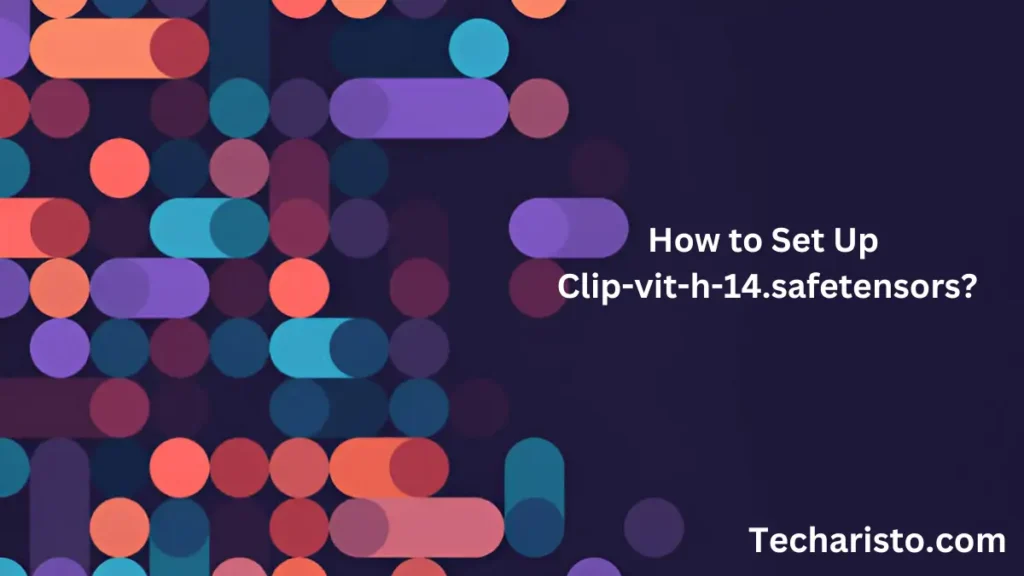CLIP ViT-H/14 is nothing less than a breakthrough while connecting images with text. Let’s learn what is the model named “clip-vit-h-14.safetensors”, its basic definition, meaning, function, and many others, as well as installation, making it work, and optimizing its capabilities.
What is clip-vit-h-14.safetensors and Its Purpose?
As its name suggests, clip-vit-h-14.safetensors contain the CLIP (Contrastive Language–Image Pretraining) model, which attempts to relate the visual and textual parts broadly. It expands on the Vision Transformer (ViT) structure of this model, which fulfills well the demands of interaction between image and text building and has extensive utilities in AI and machine learning.
The ‘.safetensors’ file format is also another plus point, as it adds more security and efficiency in the storage of model weights. This allows users to incorporate this model into their workflows, with the confidence that safety is taken into account.
Practical Applications of CLIP ViT-H/14
A feature of CLIP ViT-H/14 is its ability to adapt to various industries. In all these areas of application, from digital marketing and content generation to virtual reality, this model improves the quality of multimodal interactions. For example, in marketing, it can be used for content creation by analyzing image or text inputs to generate user-relevant content.
Interesting Post Suggestion What is ip-adapter_pulid_sdxl_fp16.safetensors?

How to Set Up Clip-vit-h-14.safetensors?
Getting started with “clip-vit-h-14.safetensors” is straightforward. Here’s a step-by-step guide to help you set up the model:
- Download the Model: Download the model from trusted platforms like Hugging Face.
- Installation: Follow the platform-specific instructions to install the model within your system.
- Integration: Use compatible software tools to integrate the model into your existing workflows.
- Optimization: Apply recommended practices to fine-tune the model for optimal performance.
Troubleshooting and Optimization
Indeed, any advanced AI system will seem challenging to a user. Typical problems are integration errors, as well as performance issues. Here are some troubleshooting tips:
- Check Compatibility: Ensure that your system and software are compatible with the current model.
- Community Support: Engage with people on online forums and communities for advice and support.
- Regular Updates: Keep the model updated to benefit from performance improvements and bug fixes.
To further enhance performance, data inputs should be made to the optimum level, and advanced features of the Vision Transformer model should be used. Focusing such elements on a specific application can significantly boost efficiency and accuracy.
Conclusion:
The CLIP ViT-H/14 model is one of the most advanced systems for merging images. It is noteworthy how the Vision Transformer architecture is used, and how the .safetensors format is employed for safe use and efficiency. The model is straightforward with installation and tuning, and improves the quality of such services as multimodal interaction, expanding horizons for development.
Interesting Post Suggestion What You Need to Know About Gen Mobile Customer Service?


